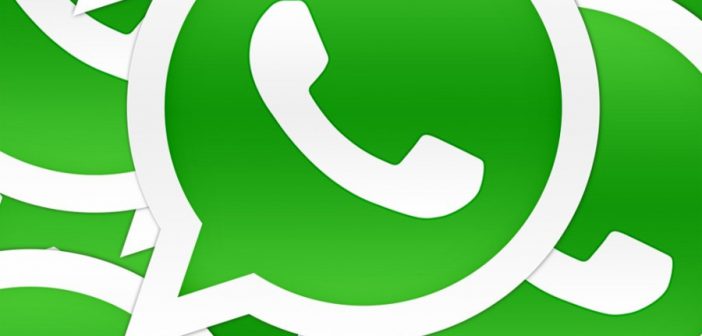Since 2014, there have been more mobile devices in the world than desktop computers, and people spend more time browsing the internet on their smartphones than on their desktops. So companies simply cannot ignore mobile as a channel to reach their consumers.
Today, marketing departments focus a meaningful part of their time and budget on mobile marketing. They have developed systematic methods to grow their mobile audience, including advertising and app store marketing. However, they are struggling to balance continued market penetration with soaring costs of acquisition. The ROI of the current mobile marketing channels is decreasing. While other channels, such as push notifications and messaging, are emerging, they won’t solve the challenge that mobile marketers face. In this article, I make the case for chatbots as a new approach to mobile marketing.
From Mad Men to Math Men: Everything on mobile is measurable
In the Mad Men era, it was almost impossible to track the effectiveness of advertising campaigns. Marketers were deemed “creative,” which was a way to say that campaigns were sometimes successful, sometimes not, and nobody really understood why.
With mobile, marketers have entered the Math Men era. Everything is measurable and as a result, almost everything is predictable. Mobile marketers no longer rely on the hope that creative geniuses will whisper the right thing in the ears of people who look like they could become customers. Instead, they spend marketing dollars only if and when they get customers.
Most organizations have modeled their mobile marketing efforts with a simple, methodical approach. They set a measurable goal, move everything leading up to that goal into a funnel, and then optimize the conversion throughout the funnel.
They have identified channels that allow them to meet their goals, mainly advertising and app store marketing. This gave birth to entirely new industries: mobile advertising, which relies today on social channels like Facebook, and the so-called app economy. According to the Boston Consulting Group, mobile today represents 4 percent of GDP.
App fatigue: Mobile marketers need new channels
With multinational corporations spending millions (sometimes even billions) on mobile advertising and with cost per click increasing 5-10 times in the past 12-18 months, engaging consumers on mobile is becoming increasingly challenging. The world of smartphone apps has become crowded, and consumers are experiencing “app fatigue.” According to Statista, up to a quarter of apps that even get downloaded are used once, then discarded.
So mobile marketers are turning their attention to new mobile channels, such as push notifications and messaging, in order to expand the size of their funnel.
“Push notifications are a cornerstone of every mobile app’s engagement and retention strategy,” says Andrew Chen, a growth executive at Uber. As for messaging, Pew Research estimates that one in three smartphone owners use messaging apps such as WhatsApp, WeChat, or iMessage.
One of the key advantages of push notifications and messaging is that they keep a design so simple that users don’t even need to launch an app anymore. And they’re free. However, they are based on the same approach as advertising networks and app stores, so they will likely have the same fate and soon enough become just as crowded. What can marketers do about this?
How things grow: Mobile marketers need tools that can handle complex environments
The way marketers have modeled mobile marketing is not the way things actually grow. Consider our environment. Trees or rivers don’t grow in organized fashion. They grow uncontrollably, in every direction, without apparent method. For centuries, mathematicians and scientists such as Fibonacci and Turing have tried to model those patterns by using complex models such as fractals, chaos theory, topology, and more.
To succeed on mobile, companies need to embrace the complexity of our environment. This is the promise of chatbots that Google Now, Amazon Echo, and other pioneers are experimenting with today. They rely on complex technology such as artificial intelligence and machine learning.
Consider this: It’s one thing to make a restaurant reservation via an ad, or an app, or a messaging channel. It’s another one to get a seamless dining experience upon making the reservation; get picked up by a ride-hailing service like Uber or Lyft to get to the restaurant right on time without having to order it; browse and order ahead from the menu during the ride without having to search for it; receive and pay the bill upon walking out without having to pull out a credit card; get picked up to go home without needing to enter the address, etc.
Chatbots are bringing chaos back into the way we use our mobile products. They have infinite scale and create more value to consumers than apps or messaging services alone. Mobile marketers who seek to engage with their customers in a durable way need to consider them seriously.
This article first appeared in www.venturebeat.com




